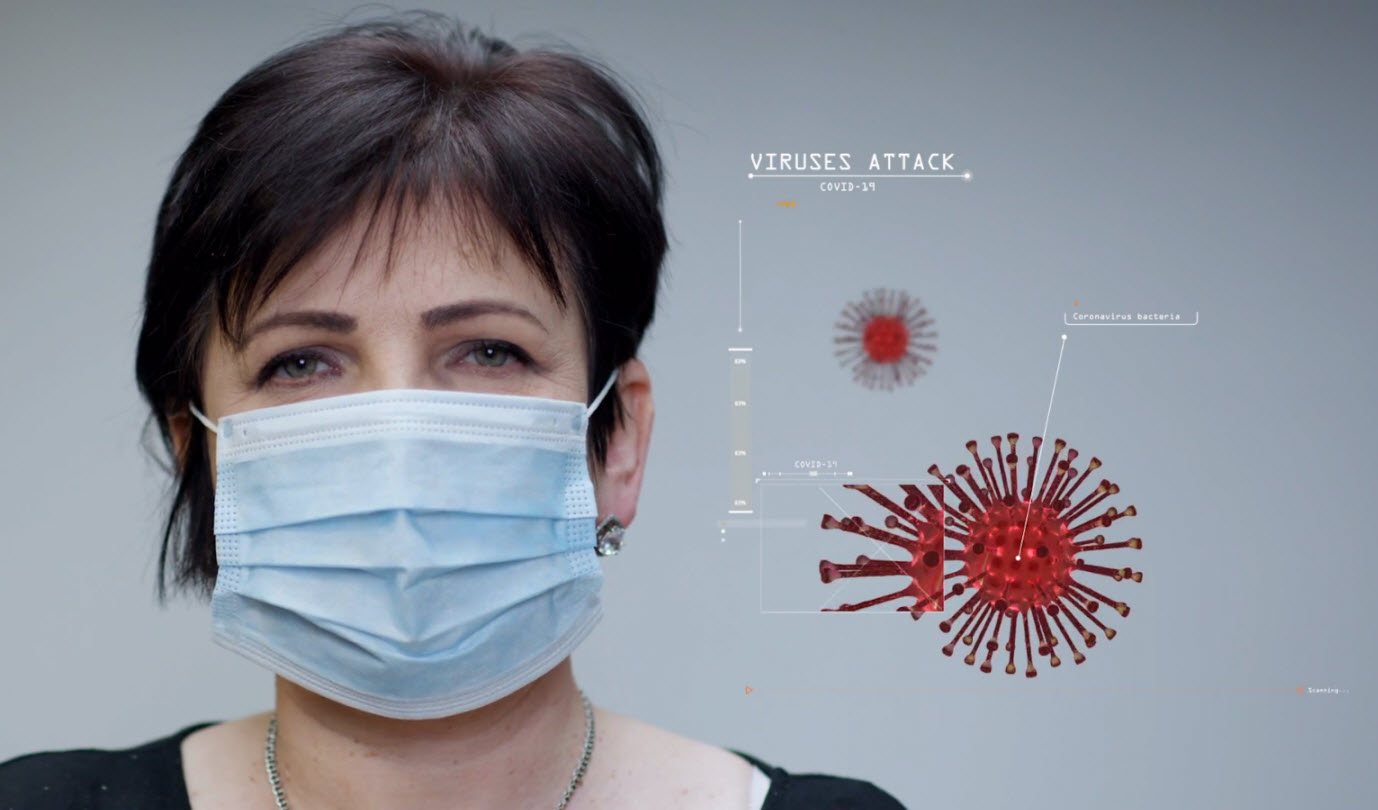
After World Health Organisation recent acknowledgement that there is emerging evidence of airborne spread of the novel coronavirus whole scientific community has started looking the mode of transmission of novel coronavirus with different perspective. Director General, Council of Scientific and Industrial Research (DG-CSIR), Dr Shekhar C Mandesaid in a blog post “Airborne transmission of COVID possible, wear masks in enclosed spaces”.
Is novel coronavirus really transmitting through air? To answer this question Institute of Microbial Technology (IMTECH) in Chandigarh and Centre for Cellular and Molecular Biology (CCMB) in Hyderabad, two labs under the CSIR are gearing up to conduct study
When we sneeze, cough, talk or sing, droplets are sprayed from our mouth. Some of the droplets, which are bigger drop to the ground like a ball thrown from a height. These larger droplets then settle on the surfaces. If the person is infected then inhalation of the droplets or touching the droplets on the surface can transmit the virus.
When we sneeze, cough, talk or sing, droplets are sprayed from our mouth. Some of the droplets, which are bigger drop to the ground like a ball thrown from a height.
Like a feather that stays longer in the air, lifted up by air currents, smaller droplets remain suspended in the air for sometime. If people at crowded places come in contact of these droplets there is a potential threat of spread through these small droplets.
The virus laden droplets is unlikely in an open park, or a public road. However, in enclosed spaces, an infected person can leave a trail of small droplets with virus suspended in the air. What are potential places? One needs to do actually study by taking air sample in the first place. “We are in talks with the state governments to allow us to go to some of the areas where there is possibility of virus, we can look for hospital ICUs, isolation centres or public transports” said Dr SanjeevKhosla, Director, IMTECH, Chandigarh.
The air sampling is done through specialised machines. These have a suction pump that draw air. The air sample goes through a filter at the end of the instrument. The filter traps the airbornemicro-organisms. “We will be taking in some amount of air from a particular area based on calculations that we would do that how far these air droplets can move and then try to see whether these air droplets have the virus and how far we can detect them” said Dr Khosla. To ensure that the machine doesn’t get contaminated the filters and the suction pump are cleaned up after every collection. The machines are patented devices and are being used to trap other micro-organisms too.
Once the sampling is done it would analysed for presence of various pathogens including novel coronavirus. “But sampling may take time, as one has to repeat the experiments as contamination need to be taken care of” said Dr Khosla.
“The specific ABC transporters we studied had increased affinity to the alpha-glycosidic bonds”, said DrKanaujia. The team also found an interesting phenomenon – the transporters had a higher affinity for simple glucose than complex carbohydrates, which meant that any glucose in the extracellular space would be preferentially taken into the cells over higher carbohydrates.
The research team includes Dr. Shankar Prasad Kanaujia, Monika Chandravanshi andPreranaGogoi. The results of this study have been published in The FEBS Journal.
India Science Wire









